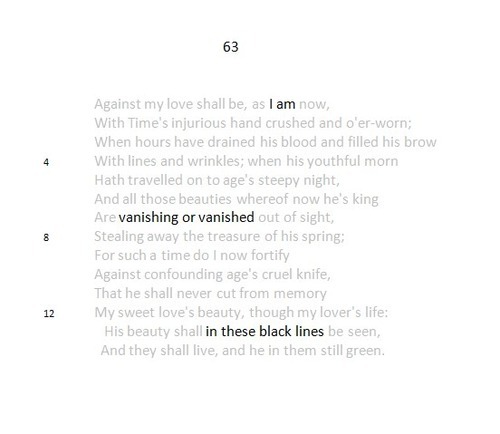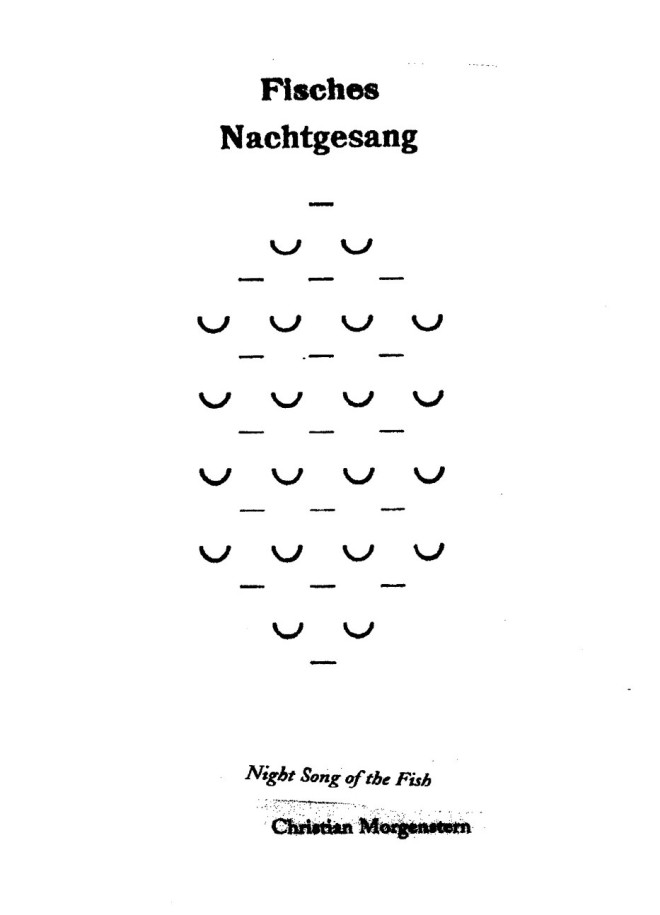In Imagining Language, eds. Jed Rasula and Steve McCaffery
Tag: punctuation poems
Exclamatory hills & dashy flatlands
Exercise: Punctuation poem
Next week we turn to the gorgeous Gorgeous Nothings, a collaboration across oceans and generations by Emily Dickinson, Jen Bervin, and Marta Werner. My students’ first exercise will be:
Compose a poem made entirely of punctuation. Then write a short paragraph describing what the poem “means.” Treat the paragraph as a creative extension of the piece — as playful creative nonfiction, not straight-faced literary analysis. Be ready to present both the poem and your explanation to the class.
The examples they’ll have “read” are retrieved from Rasula & McCaffery’s Imagining Language — up next.
On erasure practice (I)
Gonna hit erasure practice hard next week with my class. So thought here to summate. So much, to lift a word or three from a forebear to this sprawly lineage, depends on how you mark the missingness of what’s missing.
There’s a typography angel (sic) taken by Anne Carson in her Sappho —

Okay wow so the first clump suddenly recalls me to the borderline people in my life. And the second clump to how I’ve answered them. Well anyway I do love the aberrant slant in the image. Too, Armand Schwerner in his Tablets —

Brackets, ellipses, squares, circles, squared circles, enlisted to mark the polyambience of what’s missing, or imagined to be. Though nothing is really missing, is the message, as I take it, of erasure practice. The blank page a perfect poem no one has ever managed to write.
Then there’s the palimpsest, where the new poem greys out, but doesn’t quite white out, the old. Jen Bervin’s erasures of Shakespeare’s sonnets in Nets work here, both stilly
 and movingly, as here, where the palimpsest of it flickers in and out. That’s it for tonight, happy sultry (for here) weather all, more tomorrow.
and movingly, as here, where the palimpsest of it flickers in and out. That’s it for tonight, happy sultry (for here) weather all, more tomorrow.


